Travel Tips and Stories of Kenya
Find inspiration with pictures, tips and stories of Kenya from travelers sharing their experiences
Book your trip to Kenya and remunerate who inspired you
Travel guide of Kenya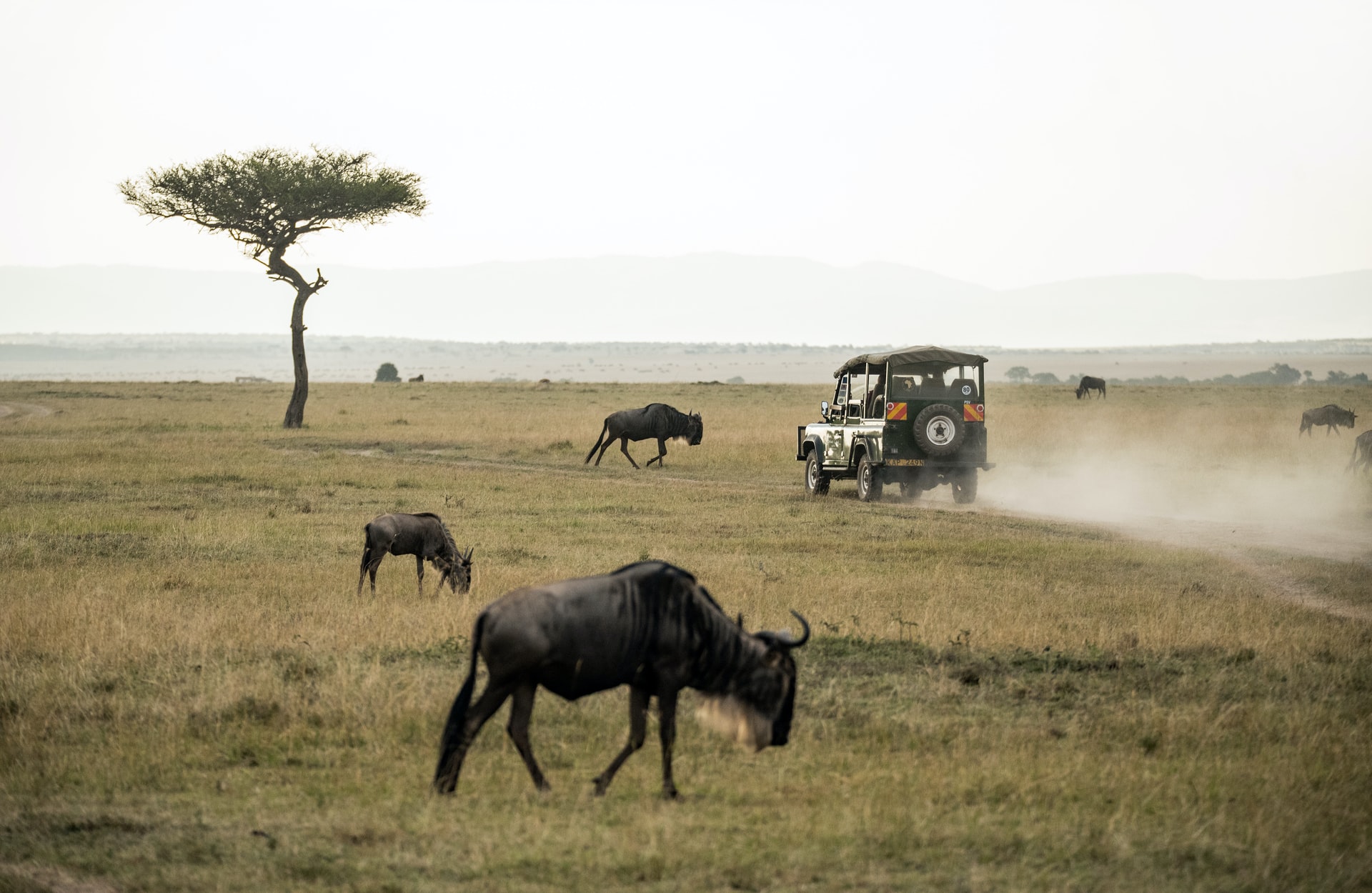
Find inspiration with pictures, tips and stories of Kenya from travelers sharing their experiences
Book your trip to Kenya and remunerate who inspired you
Travel guide of Kenya
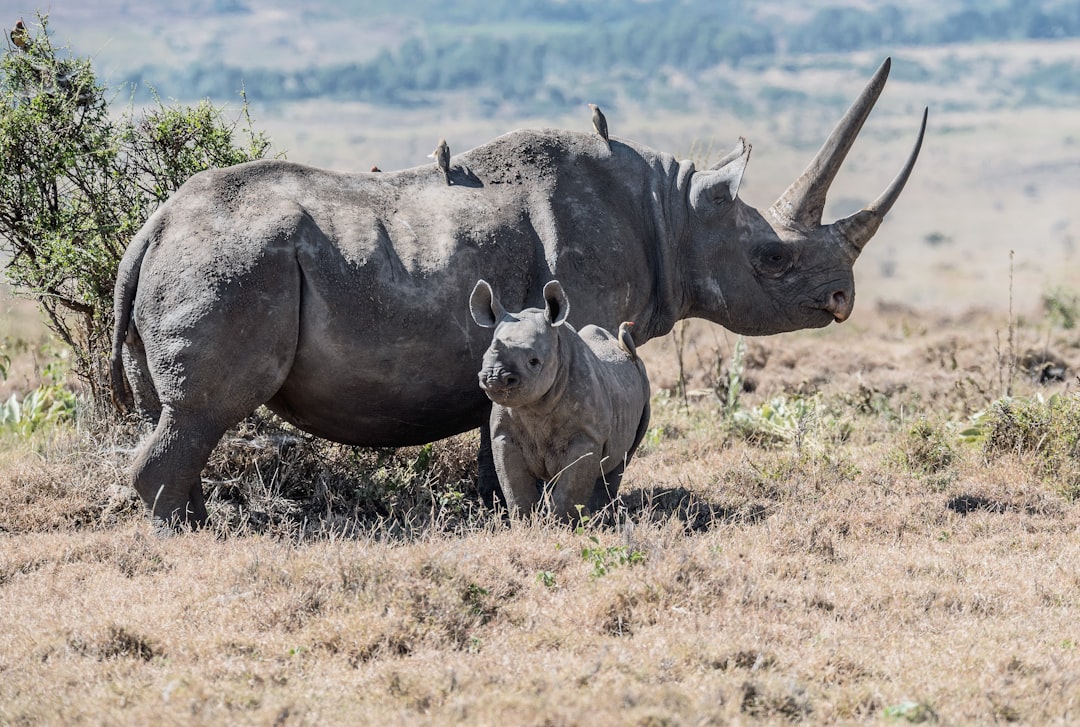
Black rhinos. A mother and baby black rhino in Lewa Conservancy, Kenya. The people at Lewa are world leaders in conservation and anti-poaching. It is my hope that my photos will somehow help in conserving wildlife and wilderness areas.I also design camouflage for anti-poaching use, see the page “Anti-poaching Camouflage� on my web site camouflagepatterns.wordpress.com, which is presently number one on Google.

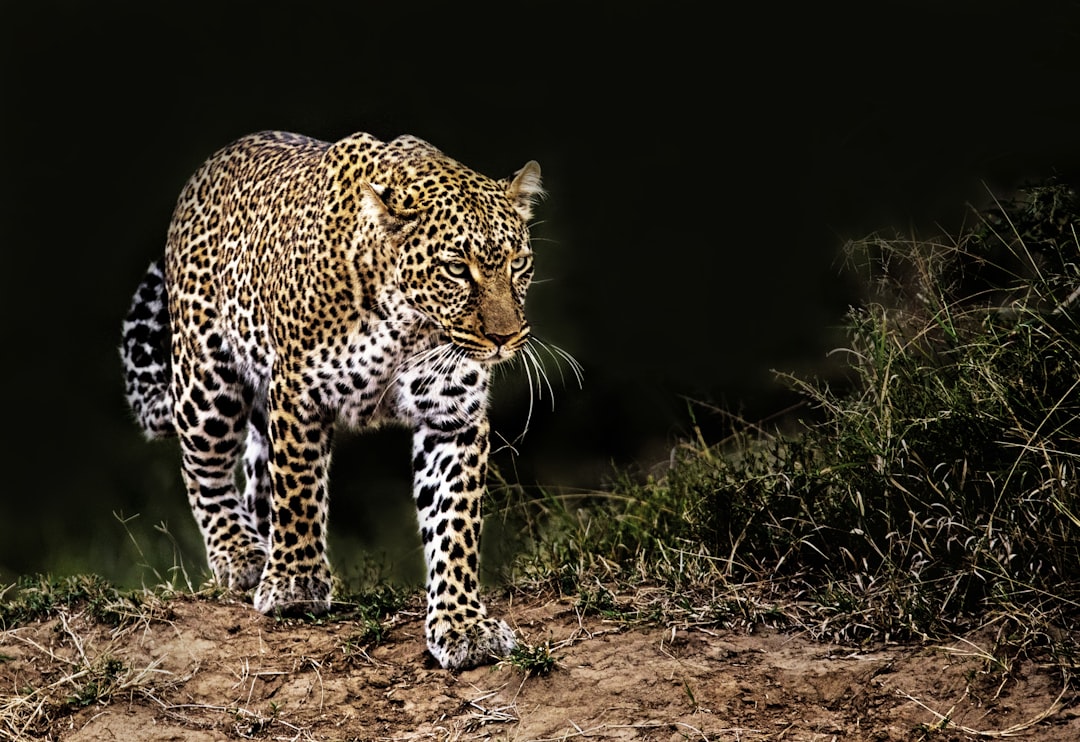
African leopard. Collins, who guided us around the Mara, made this photo possible, with his intuitive prediction of the leopard’s likely movements. Leopards are hard enough to find, never mind getting into a good position beforehand to be able to get a nice angle for photographing them. Thank you, Collins.

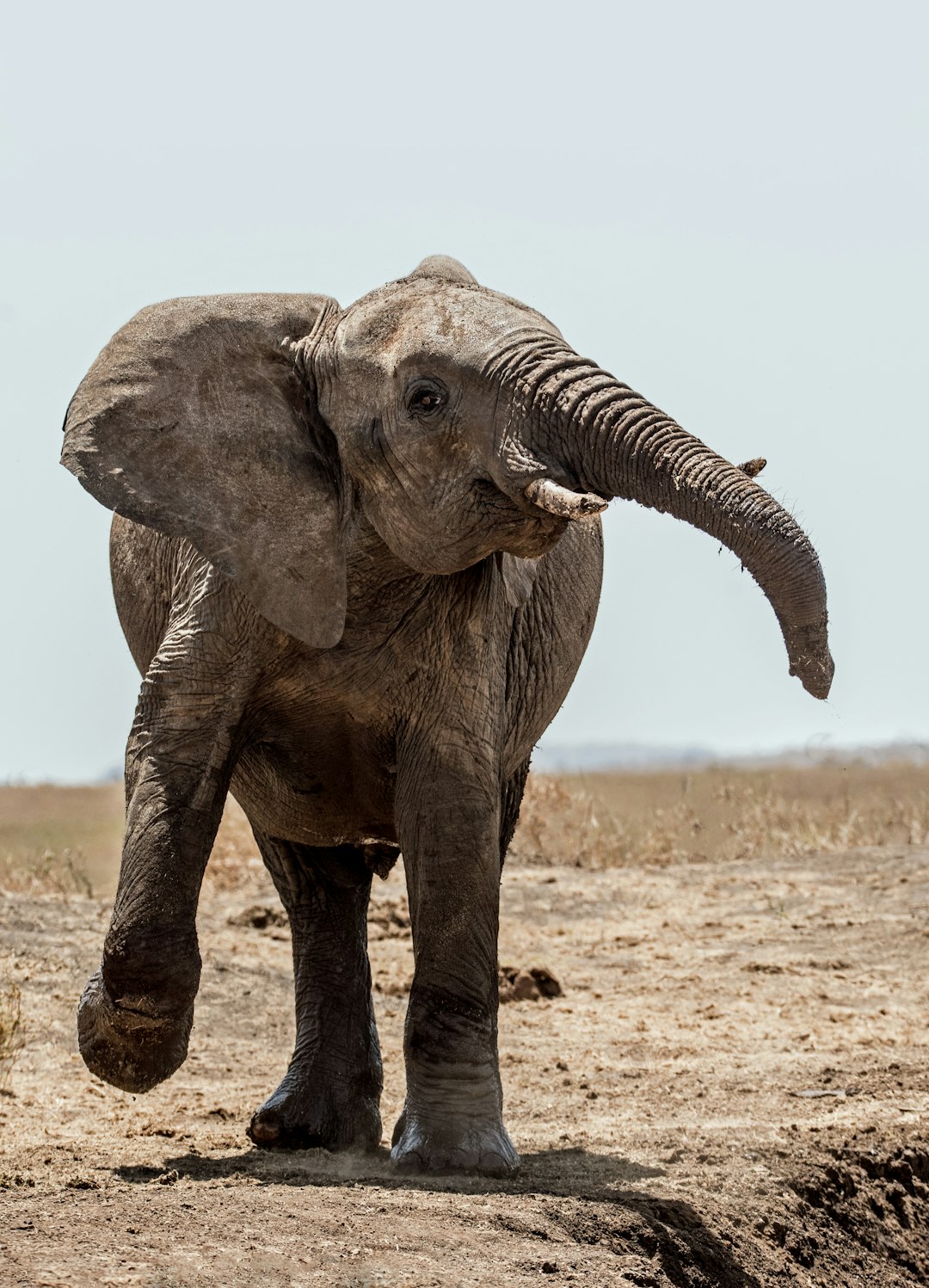
Excited elephant. After enjoying playing in the the waterhole, this elephant shakes its head in excitement. I like to try and capture special moments of behaviour when photographing wildlife. Some individuals seem to have more personality than others, such as this elephant in Lewa conservancy, Kenya.

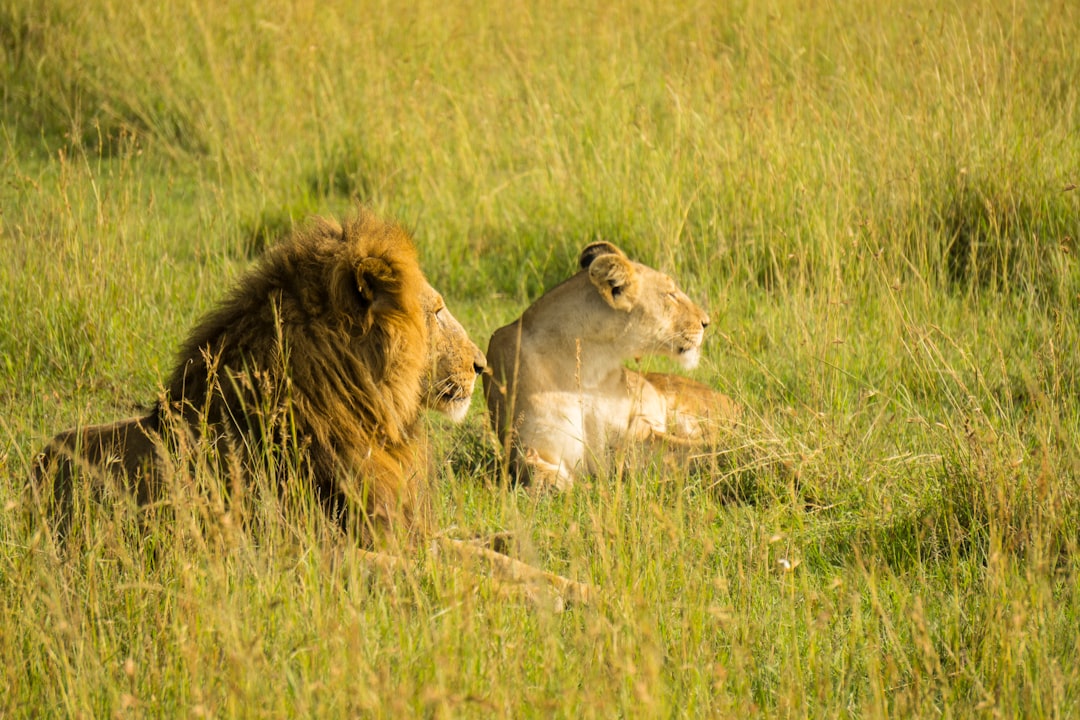
This lion couple were among several we were fortunate to come across during a photo safari on the Masai Mara in January. Our guide told us they were honeymooning, and that they would stay together for about two weeks to mate. We did see that happen, and it was quick! But this is a family site, so I’ll stick to this photo of the happy couple who didn’t seem to mind having visitors.

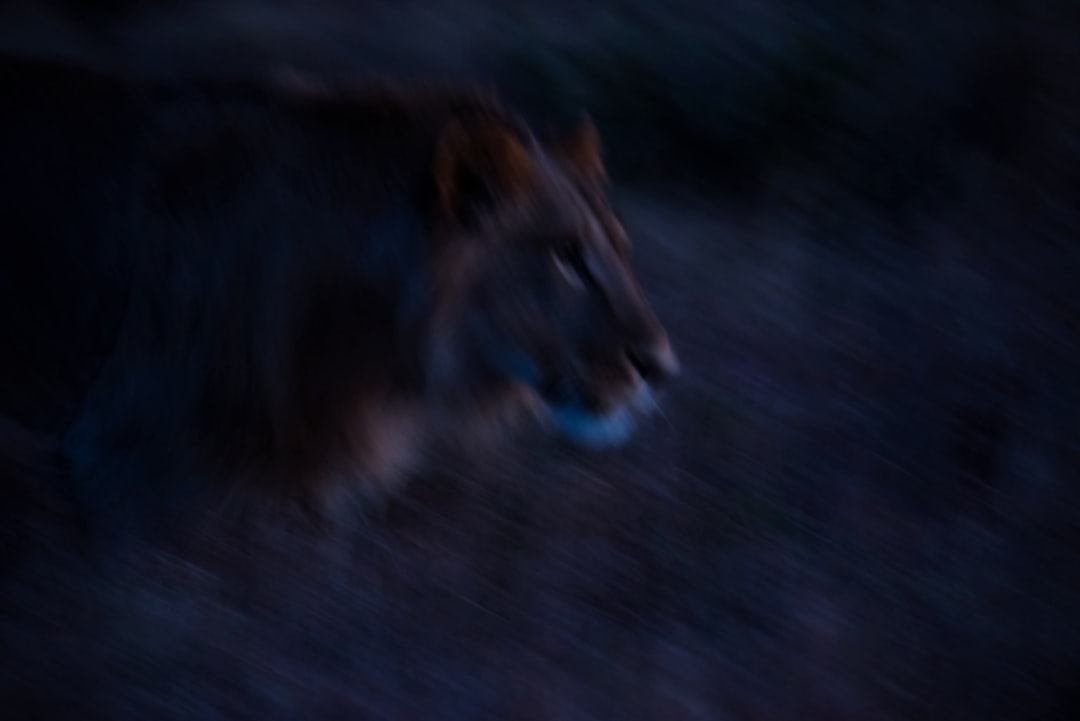
Lion moving at night. Photo taken at half a second shutter speed, ISO 2000, attempting to pan with a lion’s movements in almost total darkness. Not surprisingly its blurry, but I still like the feeling it evokes of the stealthy movement of a lion stalking at night. The title is a play on the names of the two man-eating lions of Tsavo in Kenya, “the Ghost�, and “the Darkness�, which killed and ate over 30 people when the Uganda - Mombasa railway was being built in 1898. There is a film about the man-eating lions of Tsavo, starring Michael Douglas and Val Kilmer, which is worth seeing.

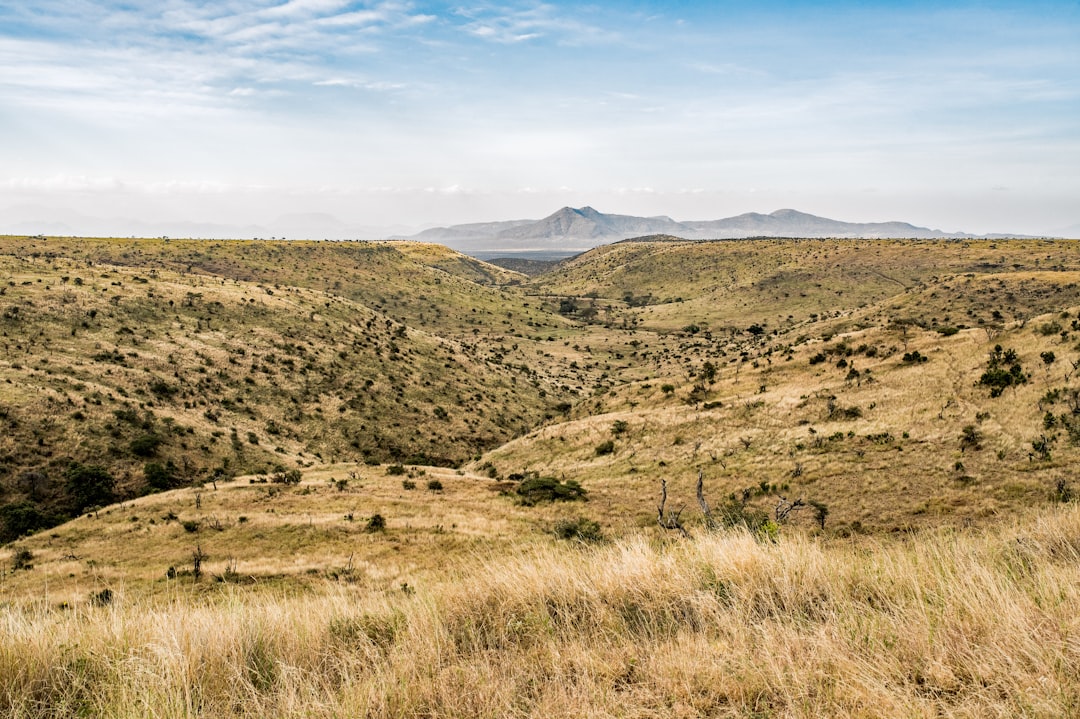
Samburu hills. A classic African landscape, with a view of the hills in Samburu National Park, taken from Lewa Conservancy. There is a somewhat flat-topped hill to the left of the two peaks, barely visible in the haze, which is sacred to the Samburu people. In the valley below, we spotted white rhinos, elephants and buffalo.

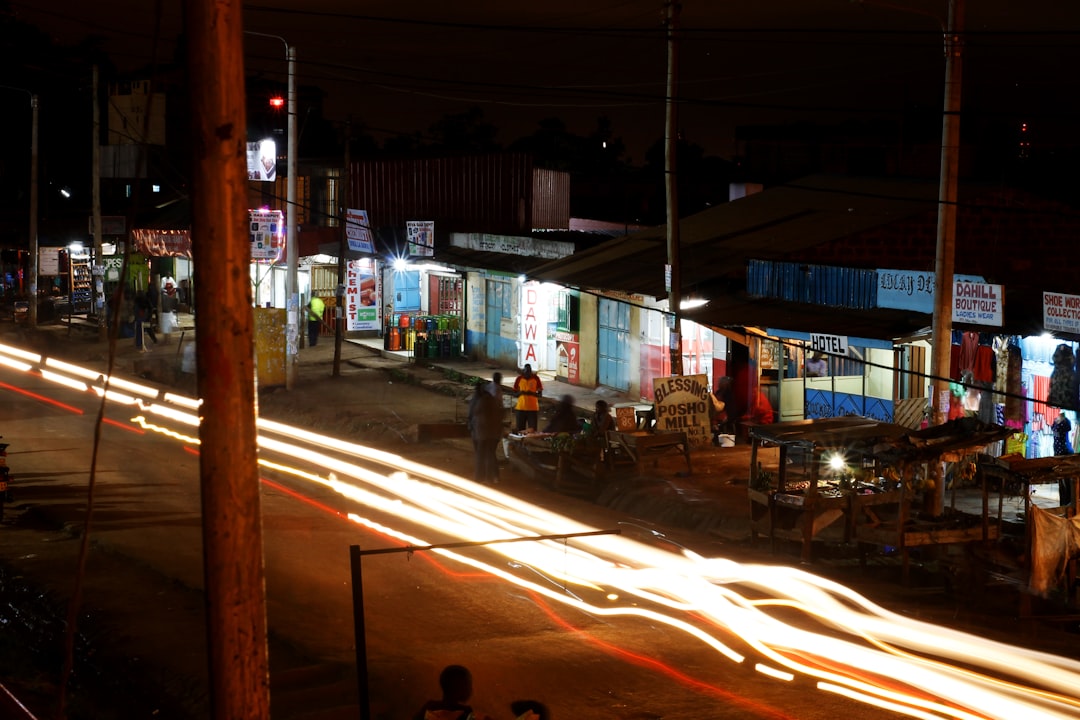
I live in a small village in the outskirts of Nairobi, Kenya. A place called Gachie. Its a real nice quiet place. It has been two years since I started photography but of late I hadn’t taken any pictures because I had been held up with the construction of my new cyber cafe. I decided to set up my camera on a tripod and took a long exposure shot. I was impressed by the result. I realised that you do not need a perfect place to take a perfect shot and it is because of this shot I realised that.
 Experienced by Erick Kiarie
Experienced by Erick Kiarie
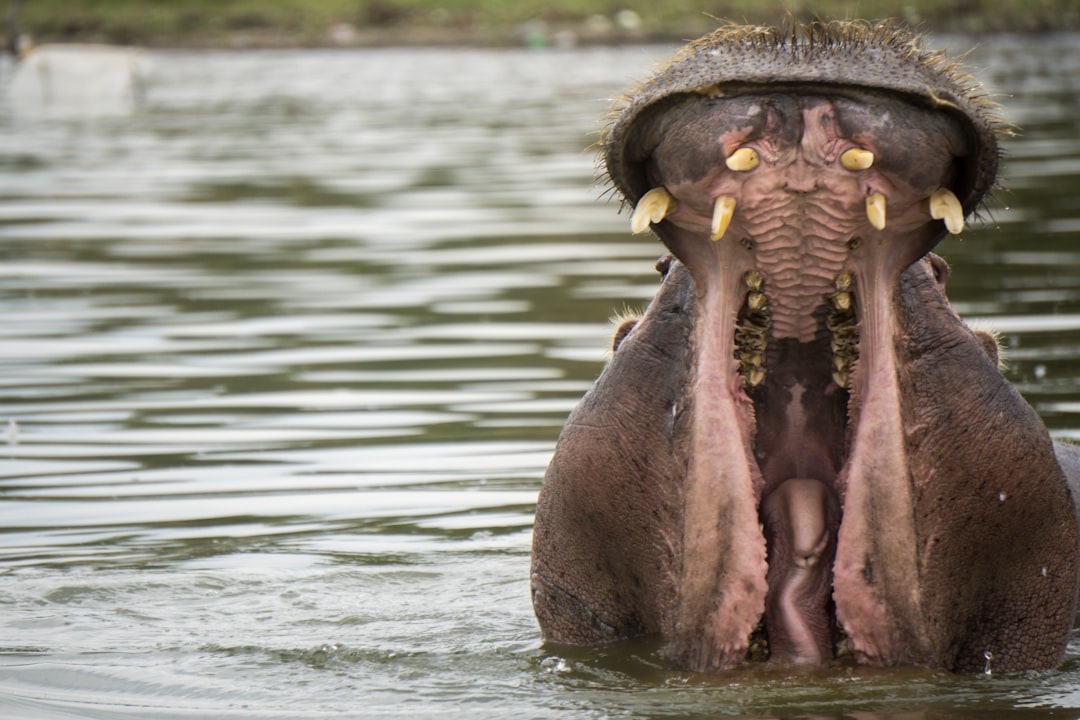
In Kenya, you can take a boat safari to see some amazing wildlife that live on Lake Naivasha. The day we went, there were lots of hippo in the area. They can be aggressive and dangerous, so the guides usually won’t pull their boats up too close. We were making one last slow circle around a couple of sleepy hippo when this one opened its mouth and let out a big yawn. I almost missed the shot and took this just as our guide cranked up the speed on his motor to head to another part of the lake.

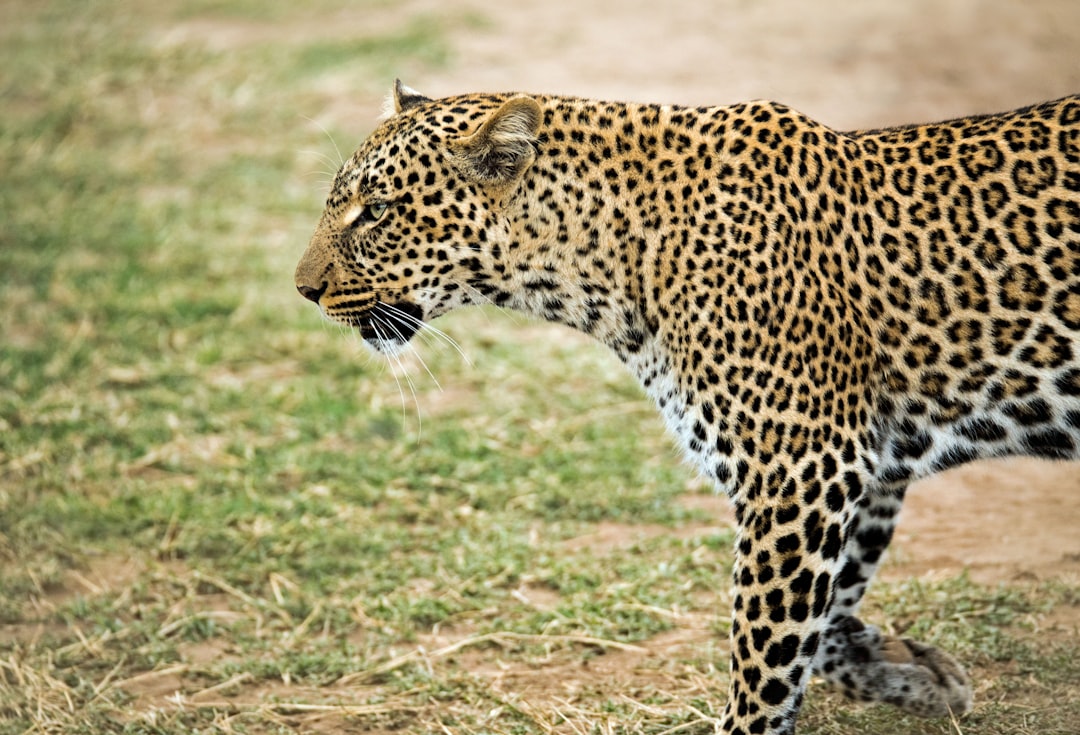
Leopard. A female leopard patrols her territory, looking for food for her cubs. Much of the credit for this photo goes to Collins (with an “s”), a great driver/tour guide, who always seemed to know exactly where to go and what to do, and made this photo possible. Masai Mara, Kenya.

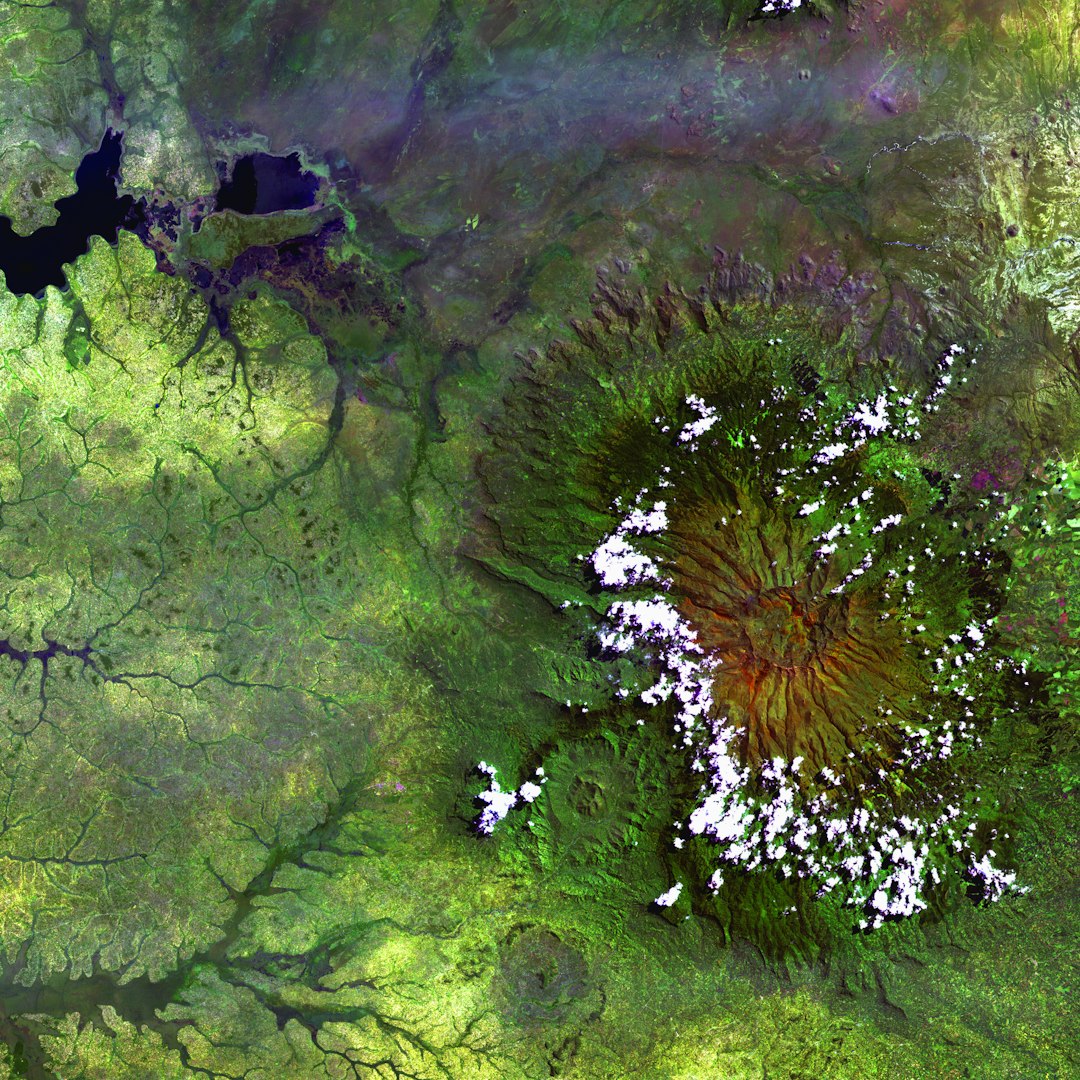
Clouds encircle the lofty rim of Africa's Mount Elgon, a huge, long-extinct volcano on the border between Uganda and Kenya. The solitary volcano has one of the world's largest intact calderas, a cauldron-like central depression. The caldera is about 6.5 kilometers (4 miles) across and formed following an eruption, when the emptied magma chamber collapsed under the weight of volcanic rock above it.

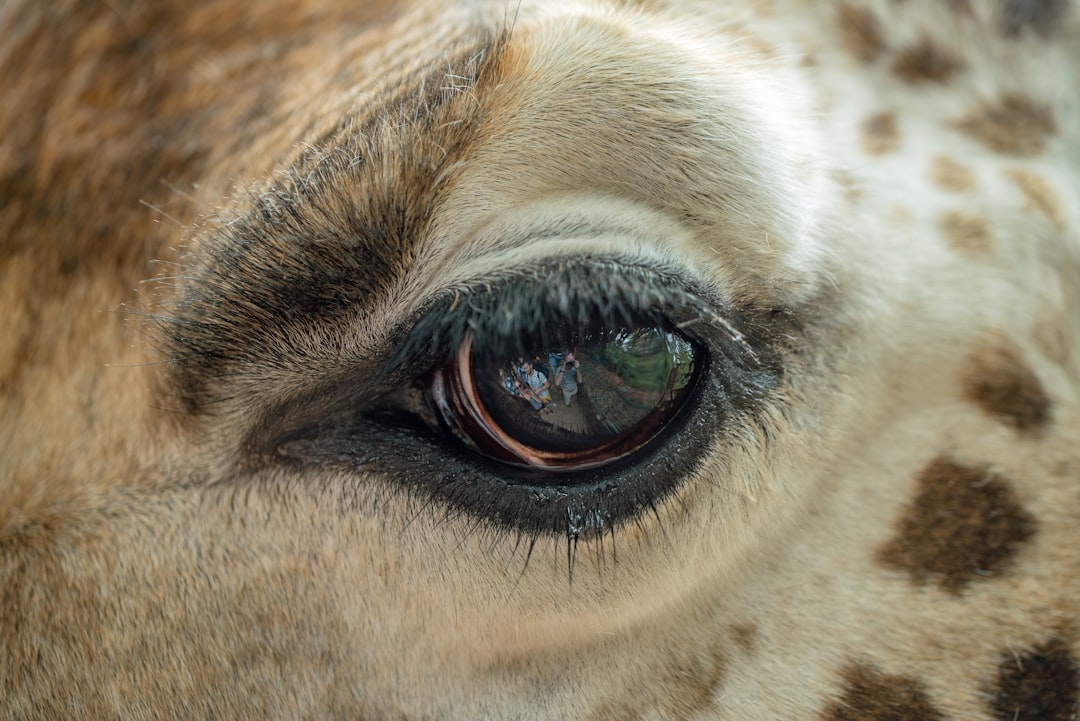
Giraffe eye. Using a 90mm Tamron macro lens, I took a lot of photos of giraffes close up, to finally get this photo of a giraffe’s eye, with a clear reflection. Nairobi Giraffe Centre, where you can get up close and personal, and have fun feeding the giraffes. I believe that most of the giraffes at the centre are orphans.

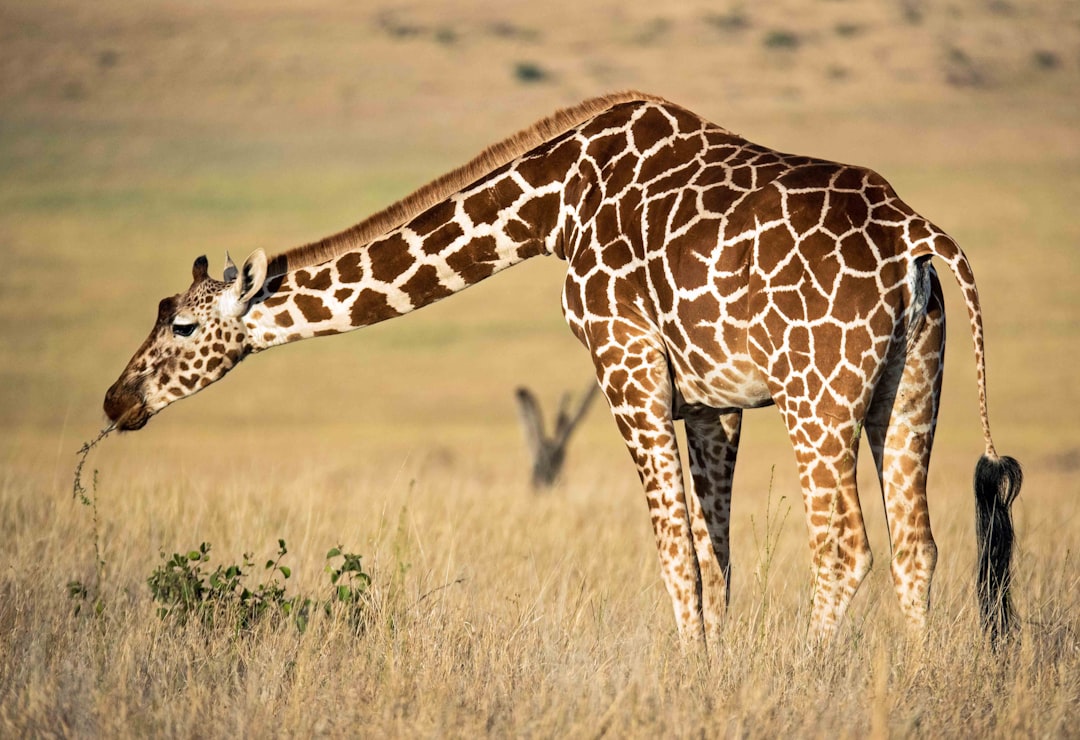
A beautiful reticulated giraffe in Lewa Conservancy in Kenya. I think this type of giraffe has the most geometrical and starkly contrasting pattern, and is therefore perhaps the most photogenic of the different types of giraffes.

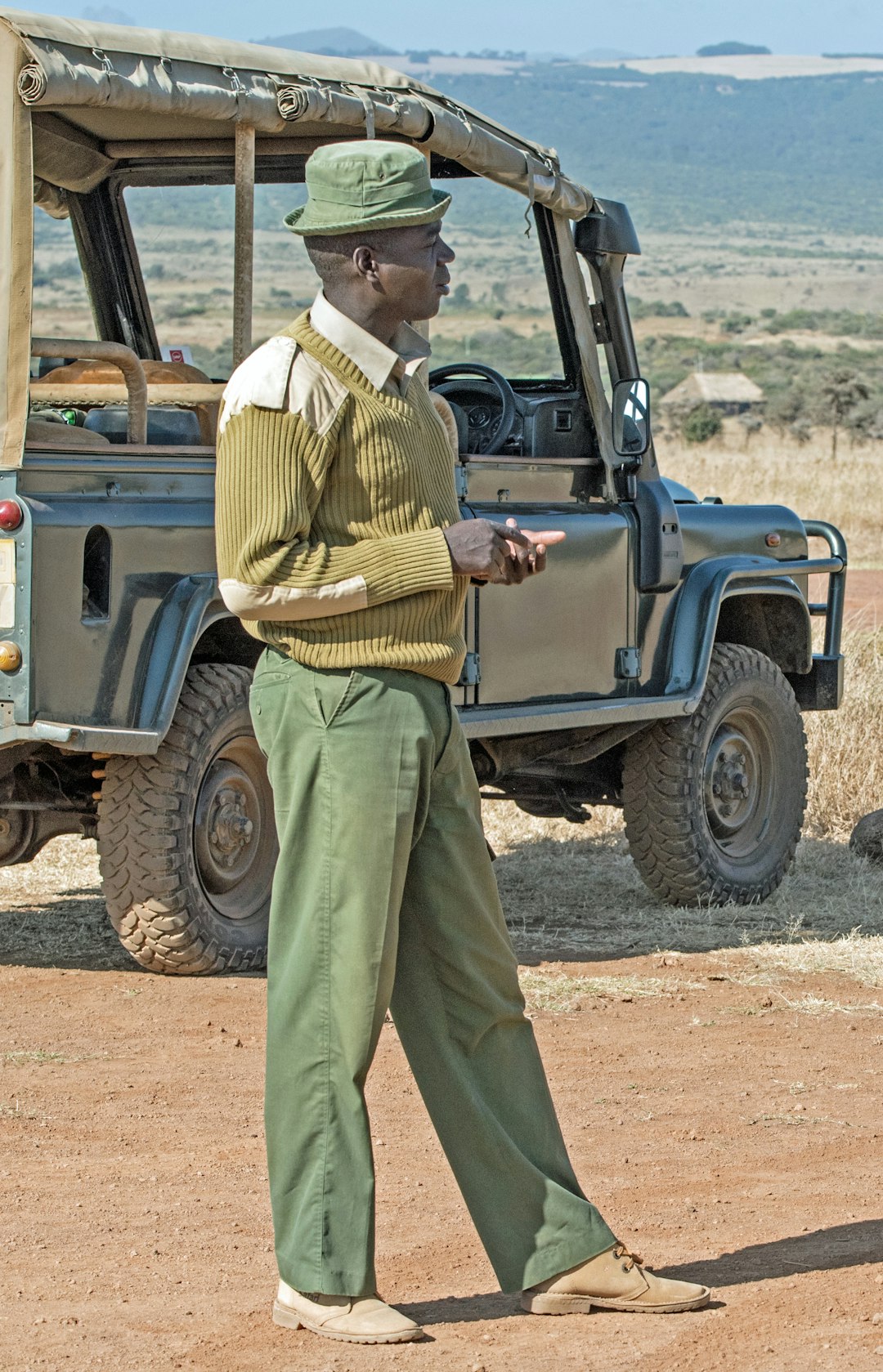
Daniel, tour guide extraordinaire. Daniel guided us around Lewa Conservancy. Nearly all the photos I took at Lewa were a result of his amazing skills as a guide. I have worked as a naturalist tour guide in Australia for nearly 18 years, and I would rate the guides I met in Africa as among the best of the best in the world.Thank you, Daniel, for a marvelous time at Lewa!

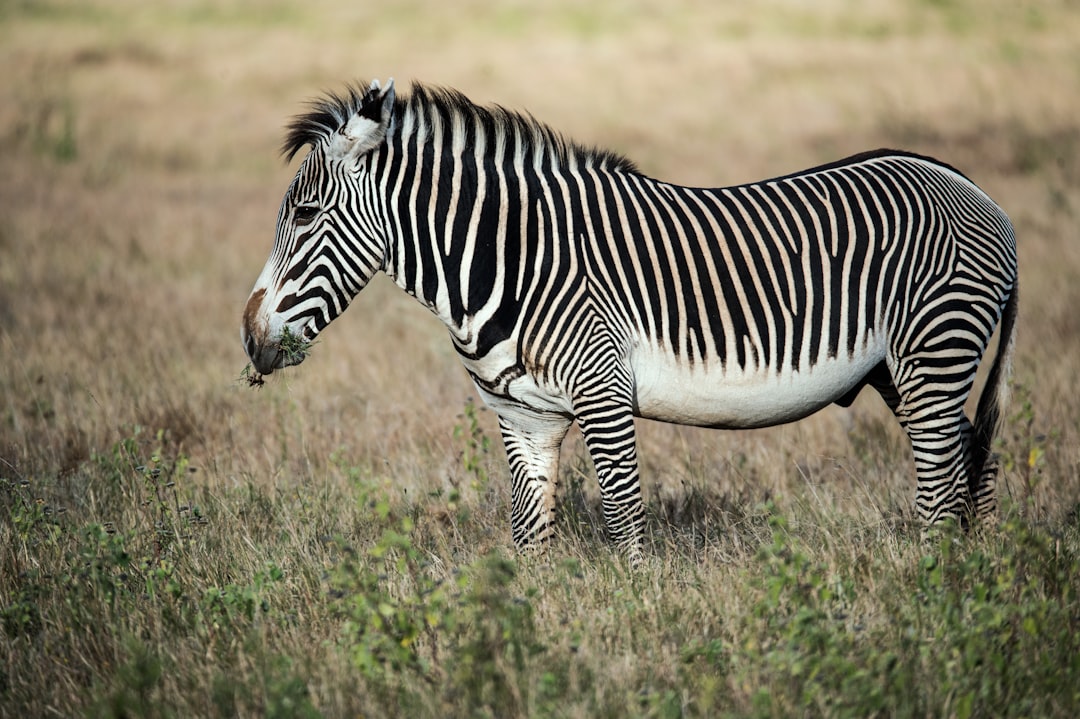
The Grevys zebra has thinner stripes close together and a white belly (so the stripes appear to be black on white) and is taller and slimmer than the common zebra. The Grevys zebra is the largest type of wild horse in the world, and while it is endangered, and the numbers have dropped dramatically since the seventies, they are doing well at Lewa Conservancy and Samburu National Park in Kenya.

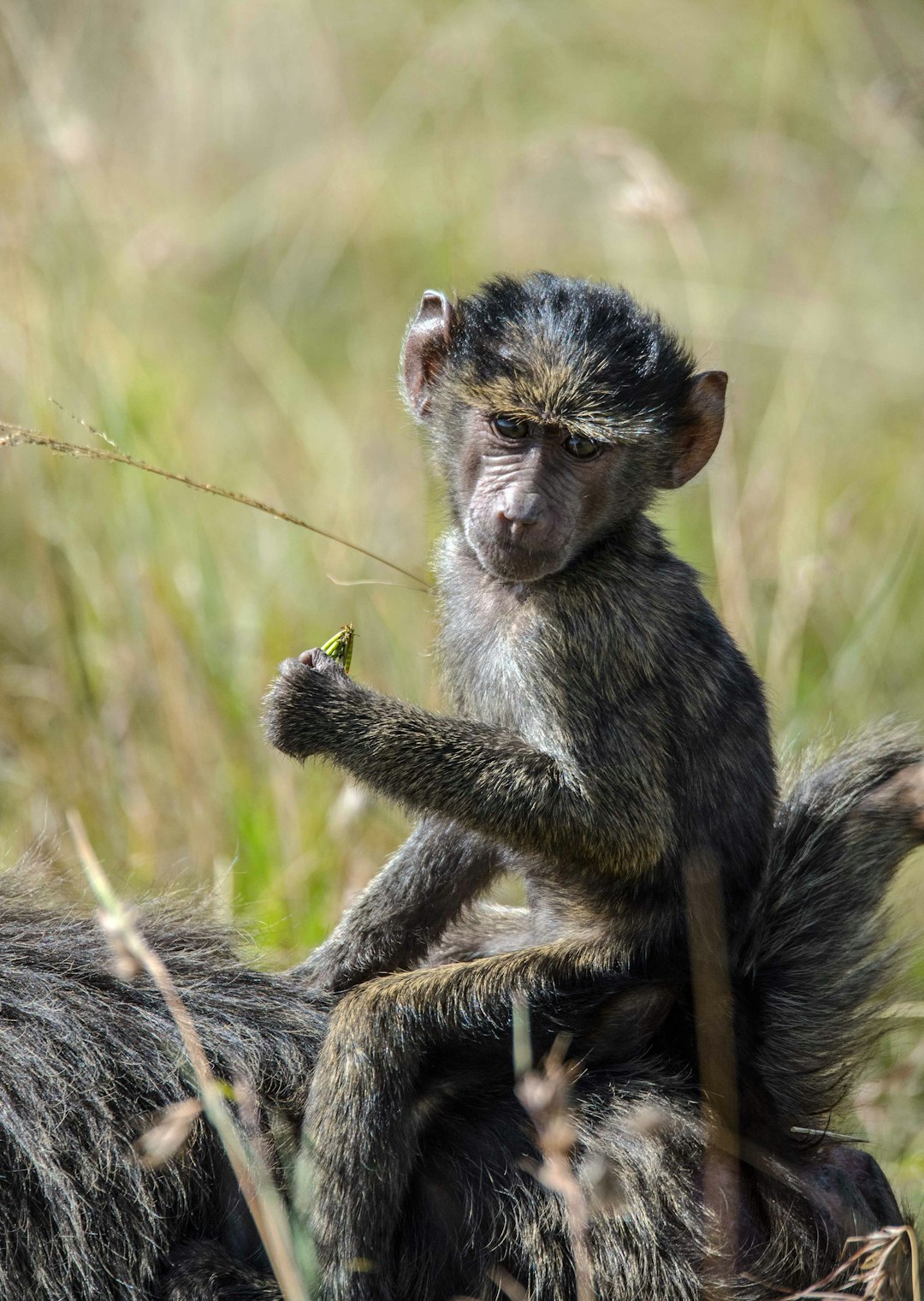
Baby baboon. Baby baboons hang underneath their mother at first, and as they grow a little older, hitch a ride on their mother’s back. This one is also enjoying a snack of bean pods, probably from a crotalaria bush. Masai Mara, Kenya.


Collins, tour guide extraordinaire. Collins guided us around the Masai Mara, and many of the photos I took in the Mara were only made possible due to his professionalism, dedication and skills… four wheel driving, animal spotting, knowledge, and more. Thanks, Collins, for a fantastic time in the Mara!

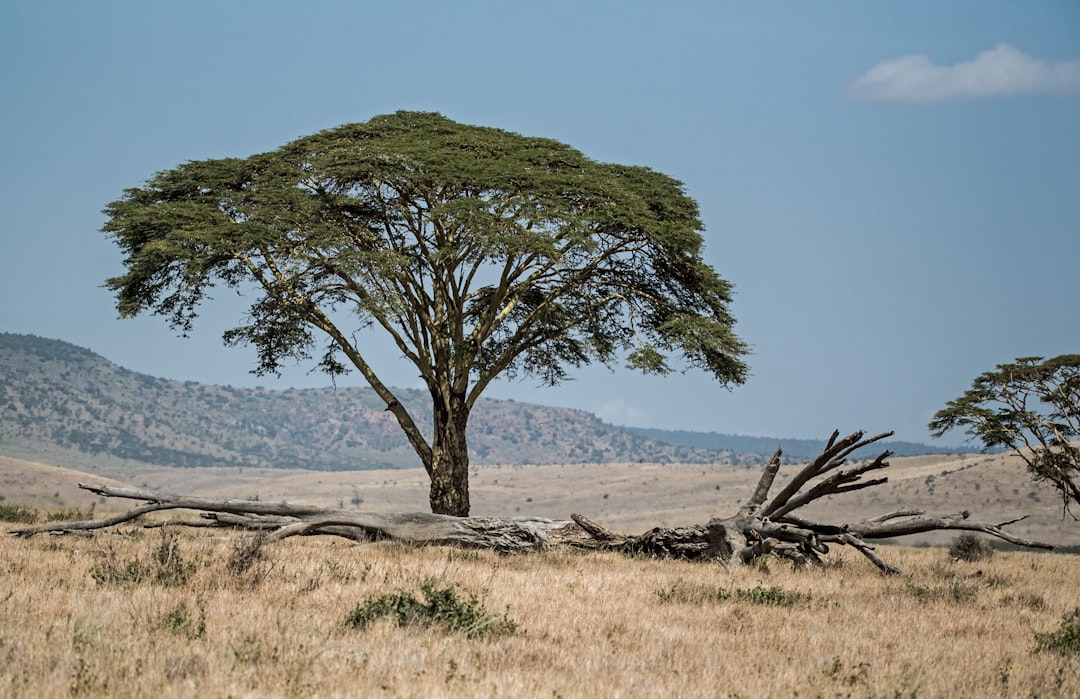
Circle of life. The Fever tree is normally found near water, but this one has survived and thrived, perhaps tapping into an underground stream. A tree which previously survived and thrived in the same spot, now lies prone beneath it, decomposing and providing nutrients to the living tree. The living tree may have grown from a seed produced by the dead tree. Acacia xanthophloeia, Lewa conservancy, Kenya.

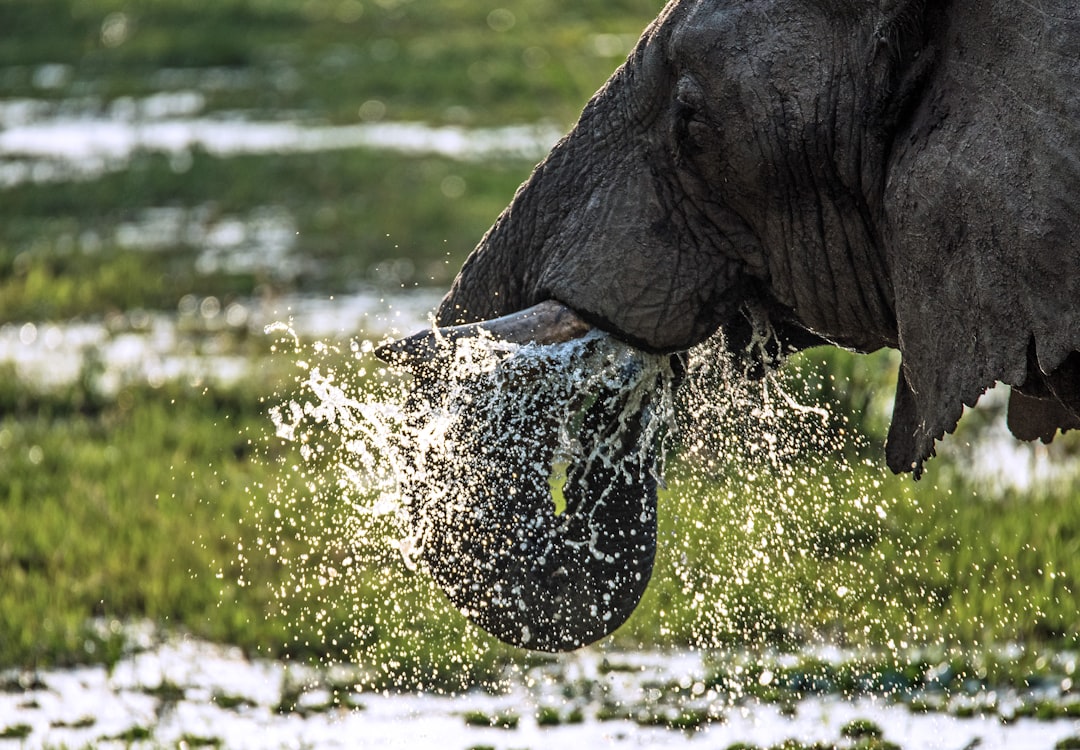
Drinking elephant. I like the back lit water in this photo of an elephant drinking. The elephant’s name is Churchill and is drinking at the marsh at Little Governors camp in the Masai Mara, Kenya. I took the photo while on foot, from about 20 metres/yards away, in the late afternoon light.

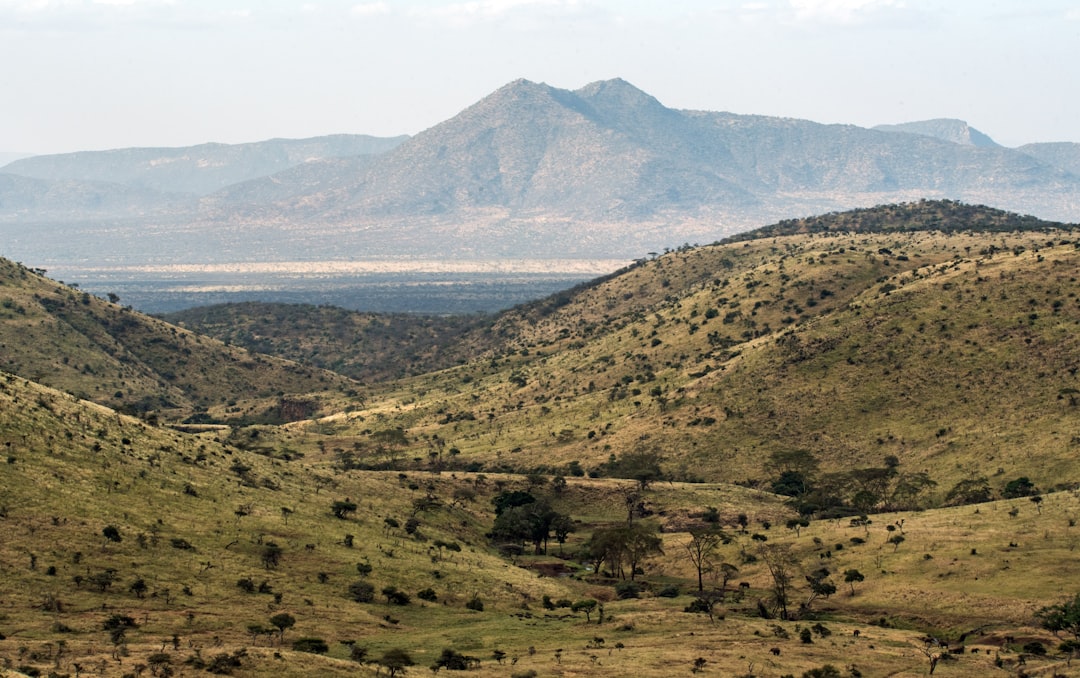
Hills of Africa. In the valley below, you may be able to spot buffaloes lying down in a slightly greener patch of grass on the left, and elephants along the river, while there are also white rhinos in the valley (which are not visible in this photo). The view is from Lewa Conservancy toward the hills of Samburu National Park, taken late afternoon. To me, this is a quintessential African scene.

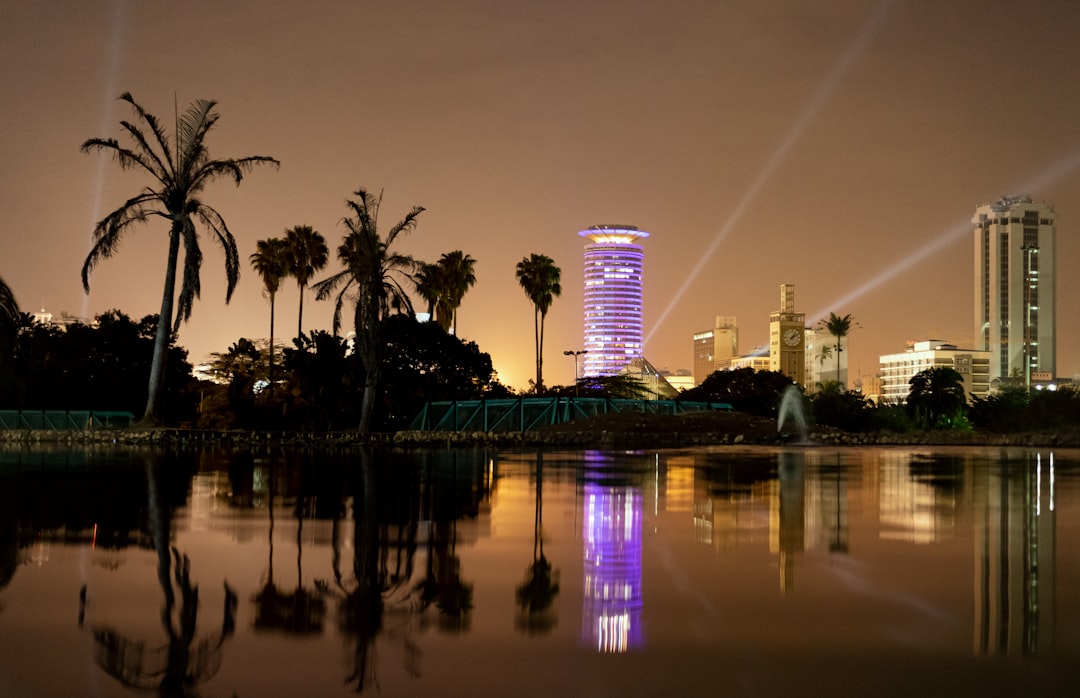
Nairobi is Kenya’s capital city. In addition to its urban core, the city has Nairobi National Park, a large game reserve known for breeding endangered black rhinos and home to giraffes, zebras, and lions. Nairobi is also often used as a jumping-off point for safari trips elsewhere in Kenya.
